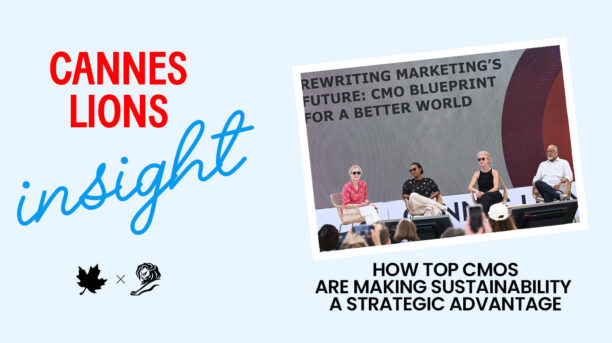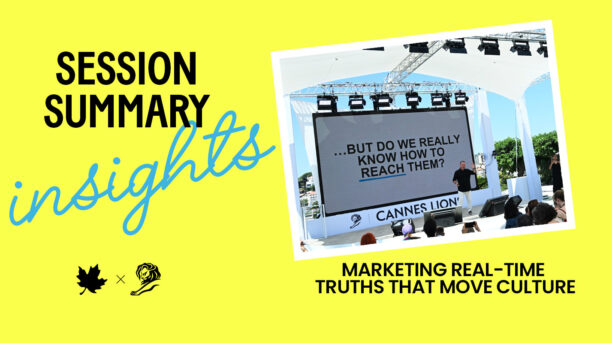Pinterest’s CEO and CMO shed light on the negative consequences of excessive screen time, the manipulation of AI algorithms and the crucial steps needed to create a kinder and healthier online environment.
Social media was originally intended to connect and inspire us, but instead, it has become a source of division and distraction. The detrimental impact on emotional well-being, particularly among Gen Z, is alarming. With record-high teen screen time and an all-time low in teen mental health, it’s clear that something needs to change. In a session at Cannes Lions, Pinterest’s CEO and CMO, Bill Ready and Andréa Mallard, addressed these concerns and called for the industry to take responsibility for fixing the broken internet.
The negative consequences of excessive social media use
The rise of smartphones and constant access to social media since 2010 has brought about a significant shift in social interaction. In-person hangouts among teens, which remained steady for decades, have been replaced by online interactions. While it may seem harmless, the data tells a different story. Depression, suicide, anxiety, sleep deprivation, self-harm, eating disorders and body dysmorphia are all on the rise among young people. The U.S. Surgeon General has even tied the teen mental health epidemic to the increased use of social media. Studies show that adolescents who spend more than three hours on social media are twice as likely to develop mental health problems, says Mallard.
The role of social media algorithms
Social media platforms have put AI algorithms in charge, determining what content users see. Instead of a chronological feed of posts from friends, users now receive a curated feed based on what the AI thinks will maximize their view time. Unfortunately, these algorithms often prioritize negative emotions, such as fear, anger, and envy, says Ready. The more enraged users are, the more engaged they become. Social media platforms exploit these emotions, leading to a constant barrage of negative content. This addictive and emotionally draining experience takes a toll on mental health.
The call for change
While defenders of social media claim they are simply giving users what they want, it is essential to question whether this is truly what we desire. Did users consciously choose to be bombarded with negativity? Is this what we want for ourselves and for young people? The answer is clear: change is necessary. For years, parents, researchers, whistleblowers, regulators and lawmakers have called for reform. However, the call needs to come from within the industry itself, from product designers, engineers, advertisers, agencies and media planners. The power to transform the internet lies with those who fund it and make decisions within it.
The Inspired Internet Pledge
To address the urgent need for change, the Inspired Internet Pledge has been introduced. It is a commitment by tech companies and the industry to work collaboratively toward a common goal: making the internet a healthier and kinder place for young people. The pledge outlines three key principles:
- Tune for well-being: Instead of focusing solely on tactics, companies must prioritize emotional well-being as a measurable outcome. It is crucial to test and measure the positive impact of online experiences.
- Listen and act: Designing with users rather than for them is vital. Incorporating explicit choices and insights from those who have experienced harm online is more effective in creating inspiring and empowering digital experiences.
- Commit to openness: The industry must share learnings, metrics, and strategies that lead to positive well-being outcomes. Relying on view time as the sole metric for success is flawed. Instead, a shift towards inspired engagements, such as saves, can provide more meaningful insights into what truly inspires and uplifts people.
The internet is broken, say Mallard and Ready, but it doesn’t have to stay that way. The negative impact of social media on mental health is clear, and it is our collective responsibility to address this issue. The Inspired Internet Pledge calls upon tech companies, industry professionals and individuals to come together and forge a new path towards a healthier and kinder digital landscape. It’s time to prioritize emotional well-being, empower users and foster positive online experiences. By joining forces, we can dismantle the harmful aspects of social media and rebuild a platform that truly connects and inspires us.
Katherine Scarrow
Follow us @globemediagroup on Instagram, LinkedIn, and Twitter to stay in the know.





